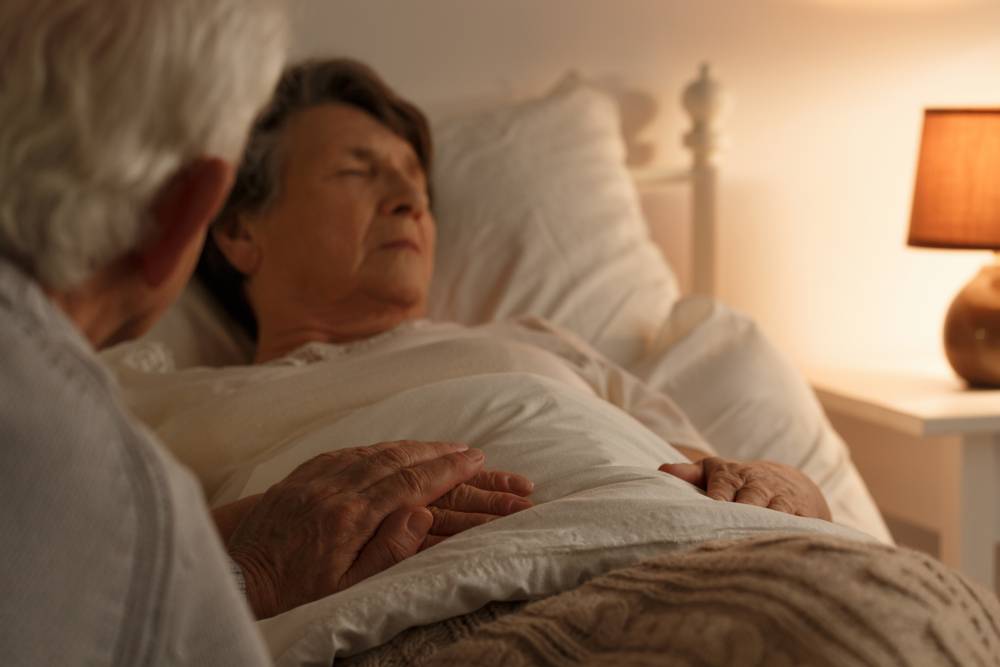
People who are critically ill, and their families, would often prefer to stay at home in the final weeks of their life, and are likely to receive better care, according to a new report from the UK.
The report estimates that shifting more care to home or community care in the final three months of life would save $870 (the equivalent of £487) per person for the public purse.
Of the 500,000 people who die in the UK each year, for three-quarters the process of dying will take a period of weeks.
During this often difficult period, people need specialised end-of-life care, mainly to relieve pain and distress.
In addition, there are growing numbers of people with complex medication conditions that require extended periods of care before their death. In 2012, there were 15 million people in the UK with long-term health conditions – that number is expected to rise to 18 million by 2025, according to the report which was compiled by UK think tank, The Institute for Public Policy Research.
Considering these numbers, end of life care is of growing importance, not just in the UK, but all over the world, including in Australia.
The report says that allowing these people to be cared for, and to die, at home is preferable in terms of cost, quality of care – and it is what most people would prefer.
The report shows that the UK has a relatively high proportion of deaths that occur in hospitals – 47%, compared with 31% for the Netherlands, and 38% for Sweden.
Twenty-three per cent of deaths in England occurred at home.
The factors that determine how likely a person is to die in hospital, rather than at home, are training in end of life care, integration of health services, and funding for social care.
Shifting to a greater emphasis on community and at-home care will require extra funding, the report says, to create the an “ecosystem” of support.
“Enabling more people to spend their last days outside hospitals, in more appropriate settings, with properly funded support, will improve their experience of care. It will also be more cost-effective for the taxpayer,” IPPR research follow Hack Hunter told The Guardian.